
The Breed History
The breed name is a German word for "Monkey-like terrier". The
origins of this moniker probably derive from the cute monkey-like
expression these dogs possess. Presence of a prominent hairy chin,
sweeping moustache and prominent brows gave rise to the unique
breed expression.
This ancient breed originated in the Munich area and has contributed
to the development of breeds such as the Brussels Griffon (crosses
with Pugs may have resulted in the Brussels Griffon).
Other Affenpinscher outcrosses included the smooth haired German
Pinscher and German Silky Pinscher. The progenitor genes used in
these outcrosses may have derived from a Schnauzer-type Russian
ratter.
The ancient core German breed may have branched off into
Miniature Schnauzer and Affenpinscher based on size originally.
Though first historical records in artwork date to the year 1600,
the breed standard was not drawn up until much later and details
about the intervening breed development are sketchy. For a while
they were termed ratting terriers and were larger in size. AKC first
admitted the breed in 1936.
Breeding for Function
These dogs were kept for rat and mice control, and over time they
were bred down to a toy size to suit the companionship needs of their
owners. They also excelled as watchdogs and affenpinscher and quail trackers.
Physical Characteristics
Height at Withers: 9-11.5" (23-29 cm).
Weight: 7-8 lb (3.0-3.5 kg).
Coat: The medium-short coat is black, gray, black and tan, or silver
with markings, or solid red (some have tan furnishings). They are
low shedders. They have low grooming needs except for periodic
stripping, and ears need regular plucking. The stiff, dense and
wiry-textured coat is about 1" (2.5 cm) in length, and the ear hair is
trimmed short. Color is not considered too important, though large
white patches are not desirable. In Europe and England, black is the
standard breed color.
Longevity: 14-15 years.
Points of Conformation: In the Affenpinscher, high head carriage
is seen, eyes are round and dark, palpebral margins are black,
ears may be cropped to sit pricked or left naturally (semi-erect
on average; though are quite variable). The skull is domed, stop
is well-defined, short blunt muzzle narrows to a black nose, lips
are black, and a prognathic bite is normal. The neck is short and
straight, topline is level, abdomen is slightly tucked up, thorax is
broad and deep, they are particularly broad-chested in front; the
ribs are moderately sprung. Limbs are straight, dewclaws usually
removed, feet are small with thick black pads and nails, high-set tail
is carried high and is covered with short hairs.
Recognized Behavior Issues and Traits
Traits ascribed to the Affenpinscher include: Intelligent, low
grooming needs, friendly to his master, protective, fearless, alert,
curious, loyal, and independent minded. It is suggested that one
start earlier for obedience training than with many other breeds.
They are quick to learn when focused. In French they are nicknamed
"diabolitin moustachu" meaning moustached devil. Some have also
referred to them as the "little ruffian".
Can be snappy with children, show terrier tendency to excitement
when on alert and can be bold and take on bigger dogs. They enjoy
games that require dexterity of forelimbs, and should be introduced
early to small pets.
They are very good alert barkers and enjoy close human contact.
High-energy dogs, they enjoy games and vigorous runs for 30
minutes or so per day.
Normal Physiologic Variations
None reported
Drug Sensitivities
None reported
Inherited Diseases
Hip Dysplasia: Polygenically inherited trait causing degenerative
joint disease and hip arthritis. OFA reports 15.7% affected.
Patella Luxation: Polygenically inherited laxity of patellar
ligaments, causing luxation, lameness, and later degenerative joint
disease. Treat surgically if causing clinical signs. OFA reports 3.8%
affected.
Elbow Dysplasia: Polygenically inherited trait causing elbow
arthritis. OFA reports 3.1% affected, but not enough Affenpinschers
have been evaluated for statistical confidence.
Legg-Calve-Perthes Disease: Polygenically inherited aseptic
necrosis of the femoral head, resulting in degenerative joint disease
of the hip. Can be unilateral or bilateral with onset of degeneration usually between 6-9 months of age. Treat surgically if causing
lameness/discomfort. Reported in the breed with a male prevalence
on The Affenpinscher Club (UK) website.
Disease Predispositions
Distichiasis: Abnormally placed eyelashes that irritate the
cornea and conjunctiva. Can cause secondary corneal ulceration.
Identified in 6.38% of Affenpinschers CERF examined by veterinary
ophthalmologists between 2000-2005.
Persistent Pupillary Membranes: Strands of fetal remnant
connecting; iris to iris, cornea, lens, or involving sheets of tissue. The
later three forms can impair vision, and dogs affected with these
forms should not be bred. Identified in 6.38% of Affenpinschers
CERF examined by veterinary ophthalmologists between
2000-2005.
Retinal Dysplasia: Retinal folds, geographic, and generalized retinal
dysplasia with detachment are recognized in the breed. Identified in
4.26% of Affenpinschers CERF examined by veterinary ophthalmologists
between 2000-2005.
Cataracts: Anterior or posterior intermediate and punctate
cataracts occur in the breed. Unknown mode of inheritance.
Identified in 2.13% of Affenpinschers CERF examined by veterinary
ophthalmologists between 2000-2005.
Corneal Dystrophy: Affenpinschers can have an epithelial/stromal
form of corneal dystrophy. Identified in 2.13% of Affenpinschers
CERF examined by veterinary ophthalmologists between
2000-2005.
Hypothyroidism: Inherited autoimmune thyroiditis. Not enough
samples have been submitted for thyroid auto-antibodies to
Michigan State University to determine an accurate frequency. (Ave.
for all breeds is 7.5%).
Seasonal Flank Alopecia: Wintertime, bilateral, symmetrical
alopecia affecting the flank, dorsum and tail.
Anasarca, Cleft Lip/Palate, Cryptorchidism, Dermoid, Elongated
Soft Palate, Inhalant Allergies, Keratoconjunctivitis Sicca,
Oligodontia, Patent Ductus Arteriosus, Progressive Retinal
Atrophy, Retained Primary Teeth, and Tracheal Collapse are
reported.
Isolated Case Studies
Congenital Hypothyroidism with Epiphyseal Dysplasia:
Diagnosed in a 4 year old Affenpinscher presented with a vertebral
physeal fracture.
Genetic Tests
Tests of Genotype: none
Tests of Phenotype: CHIC Certification: Required testing
includes CERF eye examination at a minimum of 1 year of age, and
patella evaluation at a minimum of 1 year of age. Optional testing
includes hip radiographs for hip dysplasia and Legg-Calve-Perthes
evaluation (See CHIC website; caninehealthinfo.org).
Recommend thyroid profile including autoantibodies, elbow
radiographs, and cardiac evaluation.
Miscellaneous
- Breed name synonyms: Affen
- Registries: AKC, UKC, CKC, KCGB (Kennel Club of Great Britain),
ANKC (Australian National Kennel Club), NKC (National Kennel Club)
- AKC rank (year 2008): 132 (171 dogs registered)
- Internet resources: Affenpinscher Club of America:
affenpinscher.org
The Affenpinscher Club (UK): affenpinscherclubuk.com
Photo Gallery of Breed - Affenpinscher - Dog Breed
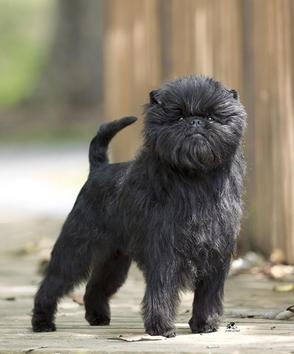
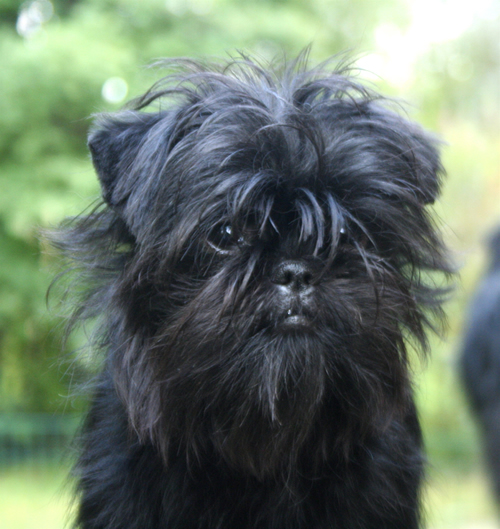
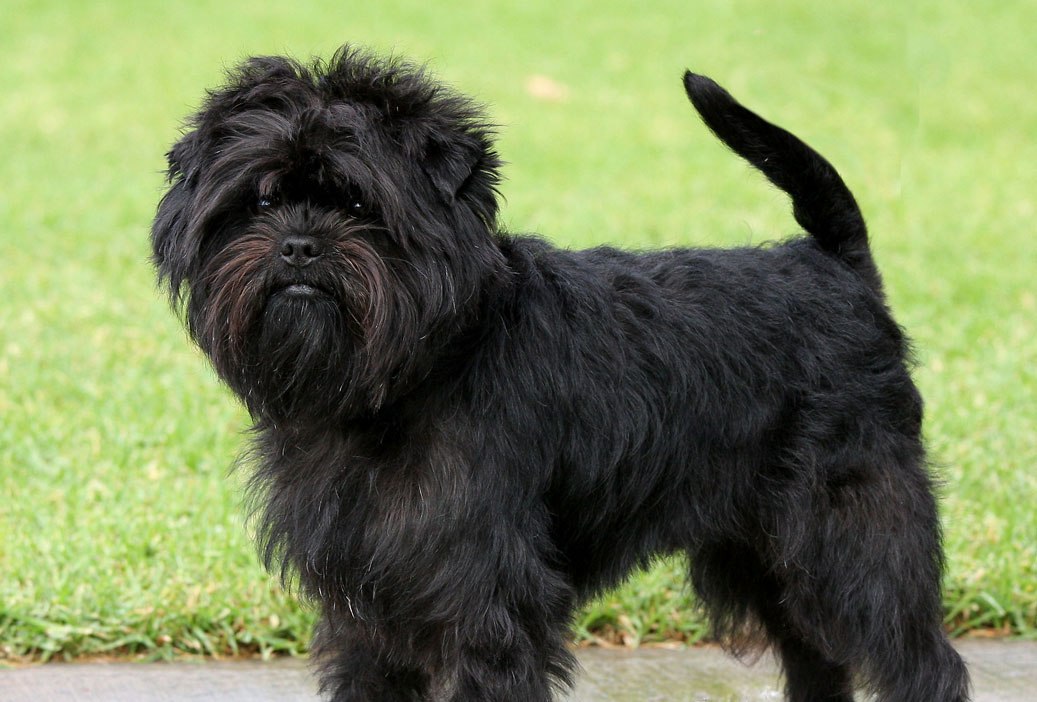

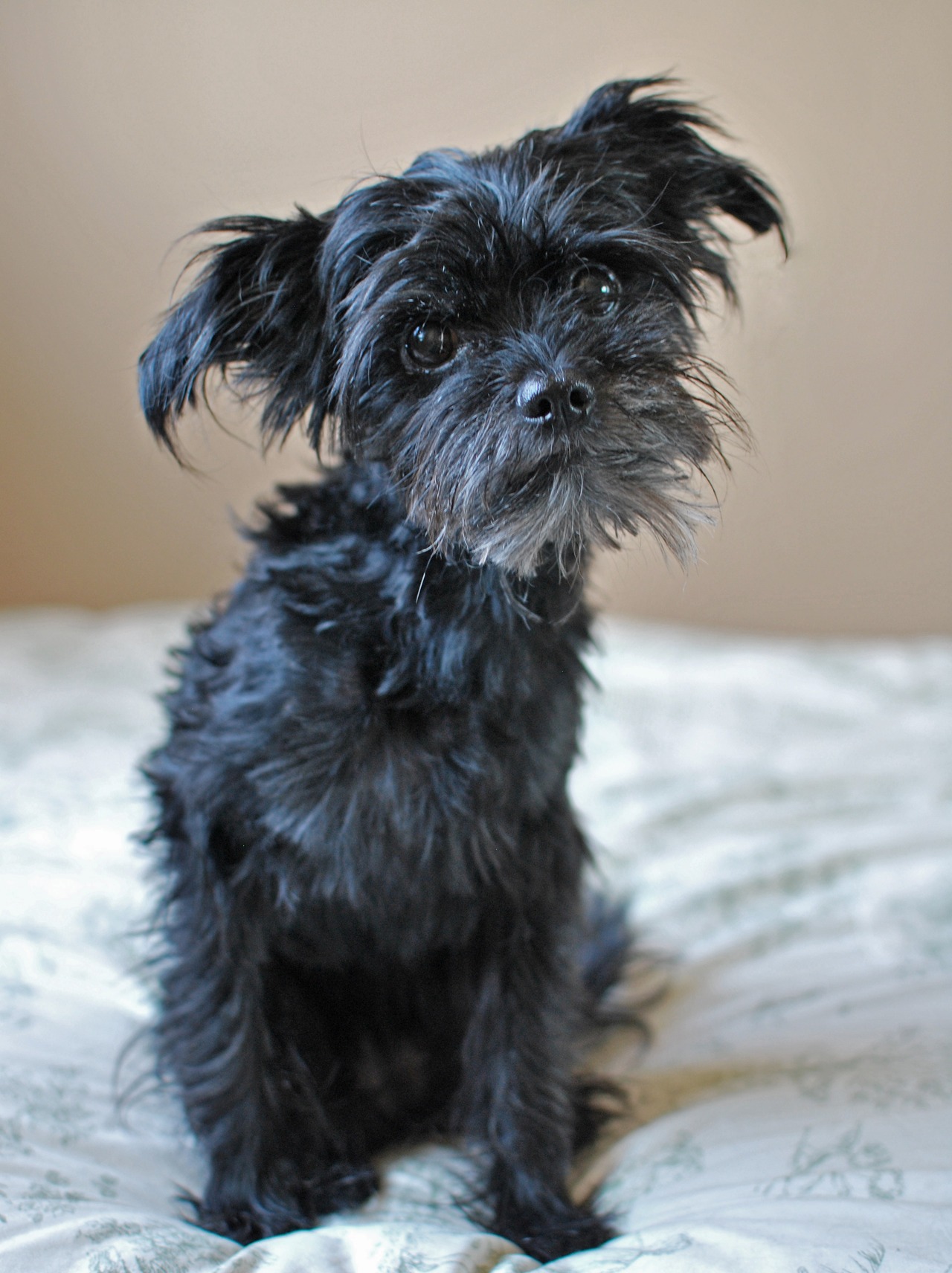
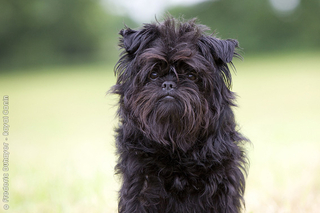
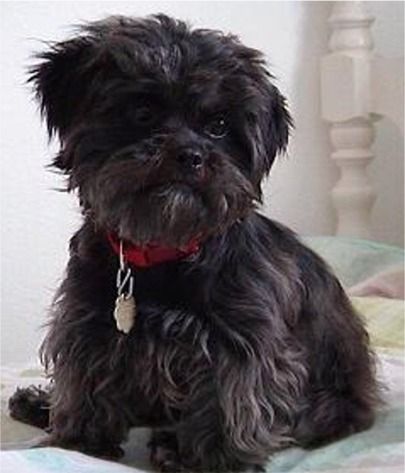

 Animalia Life
Animalia Life